Immortal God Anubis: Lord Of The Sacred Land, Jackal God Of Mummification
A. Sutherland – AncientPages.com - Prominent figure in Egyptian mythology is represented by Anubis, one of the immortal gods in ancient Egyptian beliefs.
As a psychopomp, Anubis was responsible for escorting newly deceased souls from Earth to the afterlife, and in the underworld, he was the protector of the dead bodies.
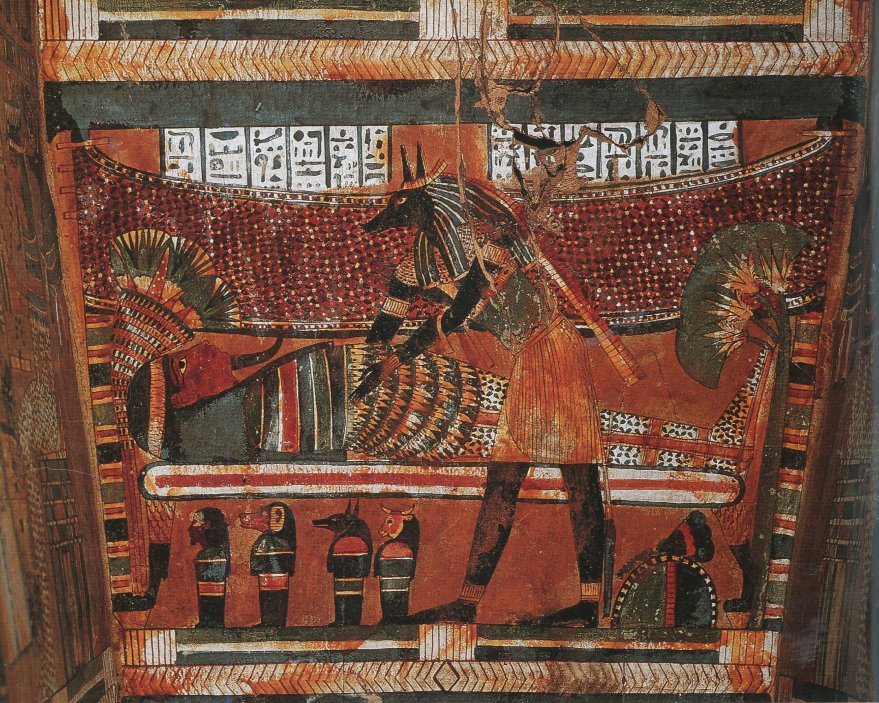 God Anubis attends the mummy of the deceased. Painted sarcophagus dated to 22nd dynasty. Image credit: Cairo Museum
God Anubis attends the mummy of the deceased. Painted sarcophagus dated to 22nd dynasty. Image credit: Cairo Museum
One of the roles of Anubis was as the "Guardian of the Scales." In the Book of the Dead, Anubis participates in the ceremony of the Weighing of the Heart. He performs a measurement that determined whether the person was worthy of entering Duat (the realm of the dead).
It appears that originally (c. 3100 – c. 2890 BC), Anubis (also referred to as Yinepu and Anpu) was concerned with the burial and afterlife of the king, according to the Pyramid Texts.
Later, his role was extended to include all the dead. Eventually, the cult of Anubis was assimilated to that of Osiris, who was said to be his father and the underworld god. By wrapping Osiris’ body, Anubis confirmed his role in mummification to the worship of Osiris. Thus, he became known as the patron god embalmers.
The worship of Anubis was an ancient one and probably even older than the worship of Osiris.
Anubis's parentage still remains a mystery.
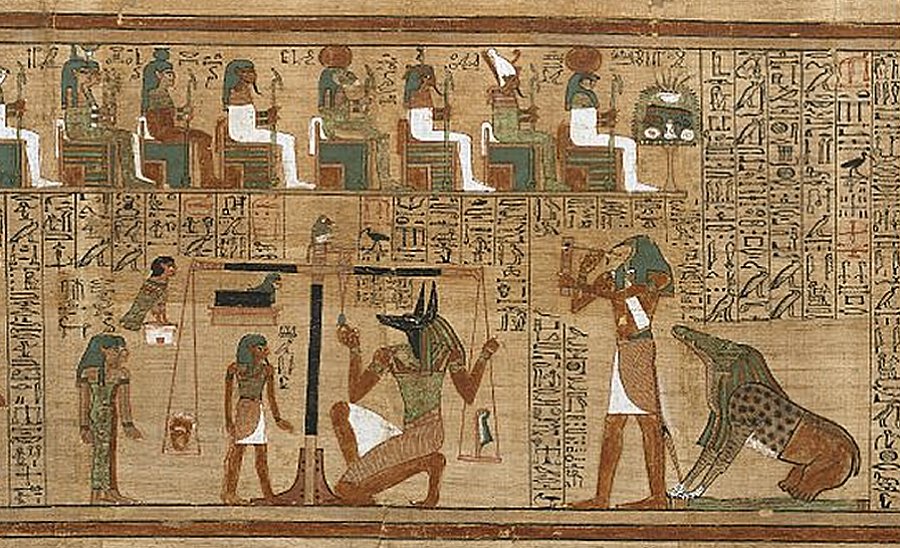
The heart of the scribe Ani is weighed in the balance of judgment by Anubis. If the heart did not balance against the feather of Maat (truth and justice) it would be swallowed by the monstrous Devourer and its owner's existence would end. Book of the Dead of Ani, c. 1275 BC. Image credit: British Museum
In the Coffin Texts, a collection of ancient Egyptian funerary spells written on coffins in the First Intermediate Period (ca. 2181–2055 BC), Anubis is the son of the cow goddess Hesat, but also the son of Bastet.
Another story says, he was the son of Seth, a god of chaos, violence, deserts, storms, and foreigners in ancient Egyptian religion, or Re and Nephtys, a protective goddess of the dead; she was the daughter of Geb (god of the earth) and Nut.
There are many stories about Anubis’ parents as there are several epithets and titles that were given to him. His symbols were mainly a jackal, embalming equipment, flail, ox-hide hanging from a pole, and flags. His cult center was in the Egyptian city of Hairdai (the Greek name for Cynopolis, "city of the dog").
As the leader of the dead, Anubis had an epithet: ‘Foremost of the westerners’. The deceased was ‘westerners’, because most of the cemeteries of ancient Egypt were located on the western bank of the Nile.
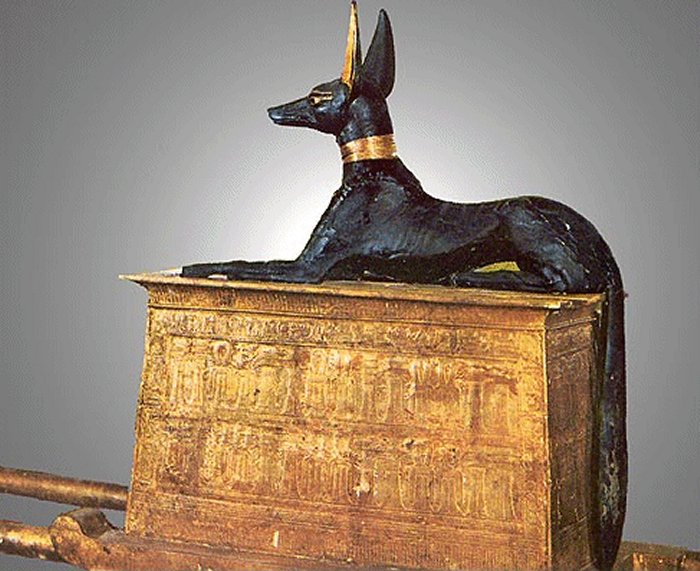 Anubis seated upon a gilded model shrine found in the tomb of Tutankhamun. Statue of the dog and the jackal as well; it may represent a hybrid of the two animals. Image credit: Cairo Museum
Anubis seated upon a gilded model shrine found in the tomb of Tutankhamun. Statue of the dog and the jackal as well; it may represent a hybrid of the two animals. Image credit: Cairo Museum
His widely known epithet the ‘Lord of the sacred land’ or ‘Lord of the pure land’ emphasized his supreme power over desert areas covered with necropolises. Also his title ‘He who is upon his sacred mountain’ relates to the jackal god watching over the burials of the dead from the heights of the desert cliffs.
In the Pyramid Texts, there is a reference to ‘the Jackal, the Governor of the Bows’, more exactly, nine bows – nine figures depicted as literal bows, probably representing captives – the enemies of Egypt.
There was a motif used in the seal, which was placed upon the entrances to the royal tombs of the Valley of the Kings in the New Kingdom and which showed Anubis crouching above the nine bows, symbolizing his control of evildoers who might endanger the burial.
‘He who is in the place of embalming" (imy-ut), refers to Anubis’ role in the embalming process and he is also ‘Master of the Per Wabet’, the pavilion or special ritual tent, where embalming was carried out.
During the Greco-Roman Period (332 BC-395 AD), Anubis became a cosmic deity ruling over the sky and earth and possessing ancient secret knowledge; in this role, he was the bringer of light to humans. In his mortuary role, on the other hand, Anubis remained associated with Hekate, the Greek goddess of magic, witchcraft, the night, moon, ghosts, and necromancy.
Ancient depictions of Anubis have widely varied; there is evidence that the worship of this god was continued in Rome through at least the 2nd century.
Written by – A. Sutherland AncientPages.com Staff Writer
Copyright © AncientPages.com All rights reserved. This material may not be published, broadcast, rewritten or redistributed in whole or part without the express written permission of AncientPages.com
Expand for referencesMore From Ancient Pages
-
 Lao Tzu: Legendary Thinker And Founder Of Taoism Who Advocated Modesty, Self-Restraint And Balance
Chinese Mythology | Jul 13, 2019
Lao Tzu: Legendary Thinker And Founder Of Taoism Who Advocated Modesty, Self-Restraint And Balance
Chinese Mythology | Jul 13, 2019 -
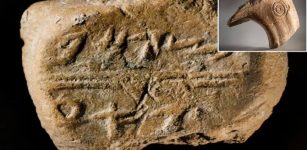 Part Of Jerusalem’s Wall Destroyed By The Babylonians In 586 BC – Unearthed
Archaeology | Jul 30, 2021
Part Of Jerusalem’s Wall Destroyed By The Babylonians In 586 BC – Unearthed
Archaeology | Jul 30, 2021 -
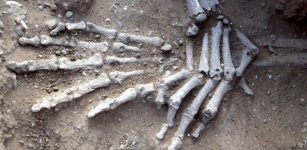 4,500-Year-Old Skeletons Found In SW China
Archaeology | Apr 19, 2016
4,500-Year-Old Skeletons Found In SW China
Archaeology | Apr 19, 2016 -
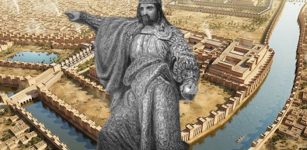 Babylon’s Kiln-Fired Bricks Almost Erased The City From History
Featured Stories | Dec 13, 2018
Babylon’s Kiln-Fired Bricks Almost Erased The City From History
Featured Stories | Dec 13, 2018 -
 Beads Show European Trade In African Interior Used Indigenous Routes
Archaeology | Sep 17, 2022
Beads Show European Trade In African Interior Used Indigenous Routes
Archaeology | Sep 17, 2022 -
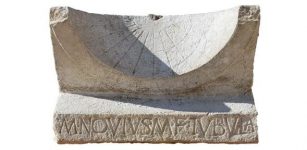 Rare 2,000-Year-Old Intact Sundial With Inscription Discovered In Italy
Archaeology | Nov 9, 2017
Rare 2,000-Year-Old Intact Sundial With Inscription Discovered In Italy
Archaeology | Nov 9, 2017 -
 Four Canopic Jars Dated To The 26th Dynasty Unearthed At South Asasif Necropolis, Luxor
Archaeology | Jun 27, 2018
Four Canopic Jars Dated To The 26th Dynasty Unearthed At South Asasif Necropolis, Luxor
Archaeology | Jun 27, 2018 -
 First Roman Military Amphitheater Unearthed Near Megiddo
Archaeology | Jun 1, 2022
First Roman Military Amphitheater Unearthed Near Megiddo
Archaeology | Jun 1, 2022 -
 Why Was Napoleon Bonaparte Defeated At Waterloo?
Ancient History Facts | Jul 3, 2017
Why Was Napoleon Bonaparte Defeated At Waterloo?
Ancient History Facts | Jul 3, 2017 -
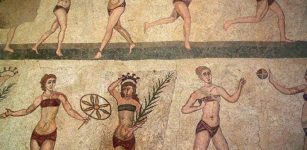 Ancient Roman Women Wore Bikini In 1400 B.C.
Ancient History Facts | Jul 17, 2017
Ancient Roman Women Wore Bikini In 1400 B.C.
Ancient History Facts | Jul 17, 2017 -
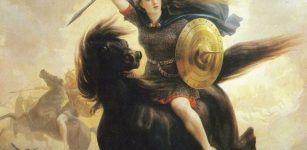 Mysterious And Powerful Valkyries In Norse Mythology: The Choosers Of The Slain
Featured Stories | Dec 1, 2015
Mysterious And Powerful Valkyries In Norse Mythology: The Choosers Of The Slain
Featured Stories | Dec 1, 2015 -
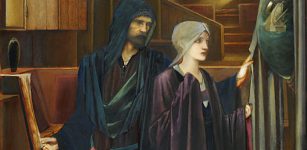 Michael Scott – Fascinating Wizard Who Tutored The Holy Roman Emperor Frederick II
Featured Stories | Feb 12, 2020
Michael Scott – Fascinating Wizard Who Tutored The Holy Roman Emperor Frederick II
Featured Stories | Feb 12, 2020 -
 On This Day In History: Copernicus’ s Book Banned By Catholic Church – On Mar 5, 1616
News | Mar 5, 2017
On This Day In History: Copernicus’ s Book Banned By Catholic Church – On Mar 5, 1616
News | Mar 5, 2017 -
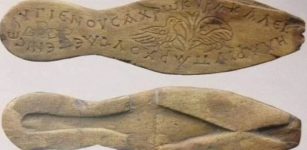 Byzantine Sandals With A Nice Message Found In The Harbor Of Eleutherios (Theodosius) – Now On Display
Artifacts | Apr 12, 2023
Byzantine Sandals With A Nice Message Found In The Harbor Of Eleutherios (Theodosius) – Now On Display
Artifacts | Apr 12, 2023 -
 Kylfings – Unknown Warriors Mentioned On Norse Runes – Were They Members Of The Varangian Guard?
Civilizations | Mar 15, 2018
Kylfings – Unknown Warriors Mentioned On Norse Runes – Were They Members Of The Varangian Guard?
Civilizations | Mar 15, 2018 -
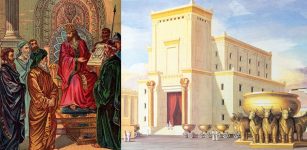 Mystery Of King Solomon’s Temple
Biblical Mysteries | Dec 3, 2018
Mystery Of King Solomon’s Temple
Biblical Mysteries | Dec 3, 2018 -
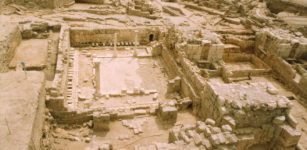 Large Roman Public Latrine With 60 Wooden Seats Discovered In Bet Shean, Israel
Archaeology | Sep 25, 2023
Large Roman Public Latrine With 60 Wooden Seats Discovered In Bet Shean, Israel
Archaeology | Sep 25, 2023 -
 King Khufu’s 4,600-Year-Old Solar Boat Has Been Transported To The Grand Egyptian Museum
Archaeology | Aug 9, 2021
King Khufu’s 4,600-Year-Old Solar Boat Has Been Transported To The Grand Egyptian Museum
Archaeology | Aug 9, 2021 -
 Native Americans’ Visions Of Distant Explorers May Unravel Some Ancient Mysteries Of North America – Archaeological Evidence – Part 2
Featured Stories | Nov 21, 2019
Native Americans’ Visions Of Distant Explorers May Unravel Some Ancient Mysteries Of North America – Archaeological Evidence – Part 2
Featured Stories | Nov 21, 2019 -
 Secret Ancient Knowledge Of Venus – Ancient Gods, Giants And More Controversial Theories – Part 2
Featured Stories | Jul 2, 2018
Secret Ancient Knowledge Of Venus – Ancient Gods, Giants And More Controversial Theories – Part 2
Featured Stories | Jul 2, 2018
